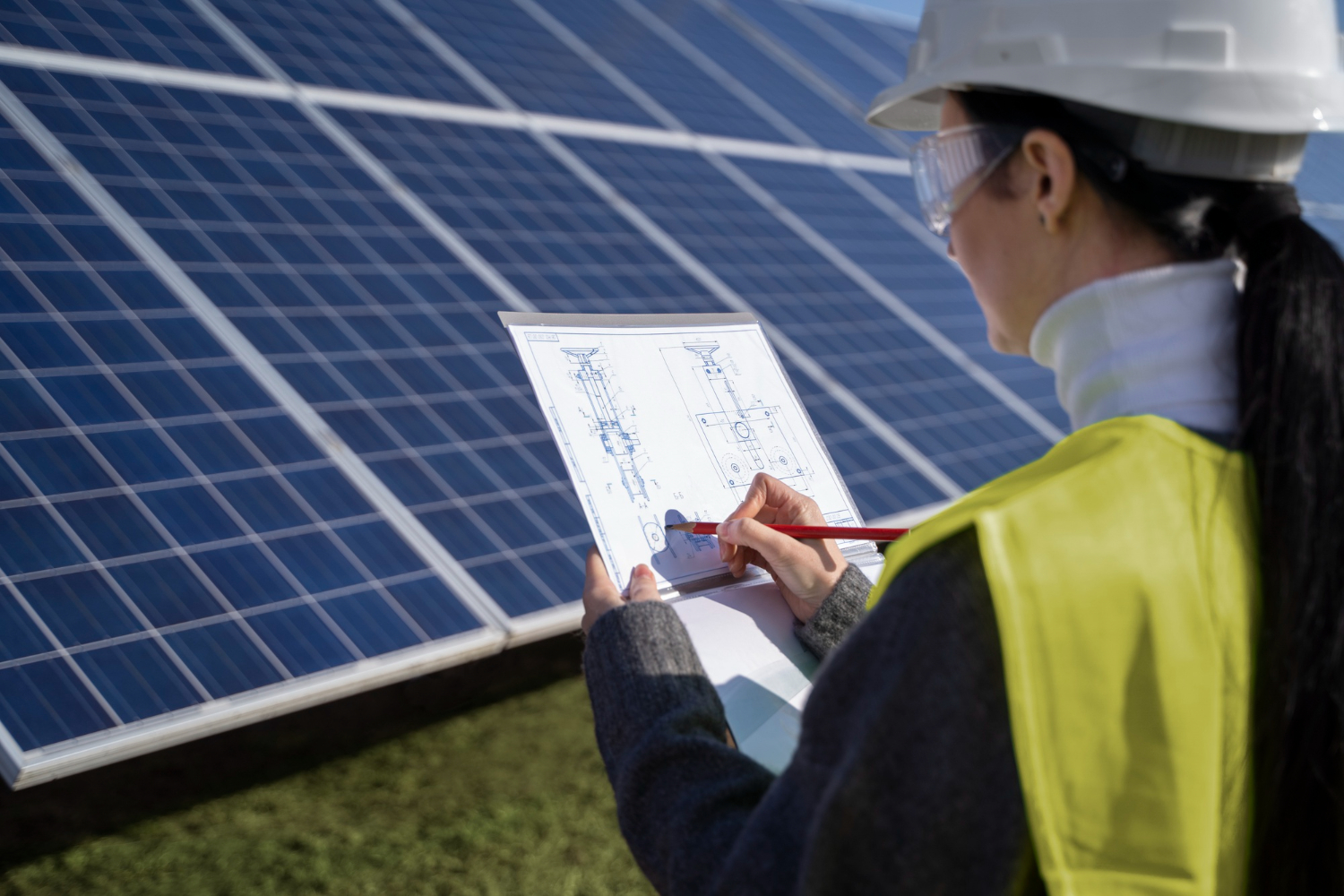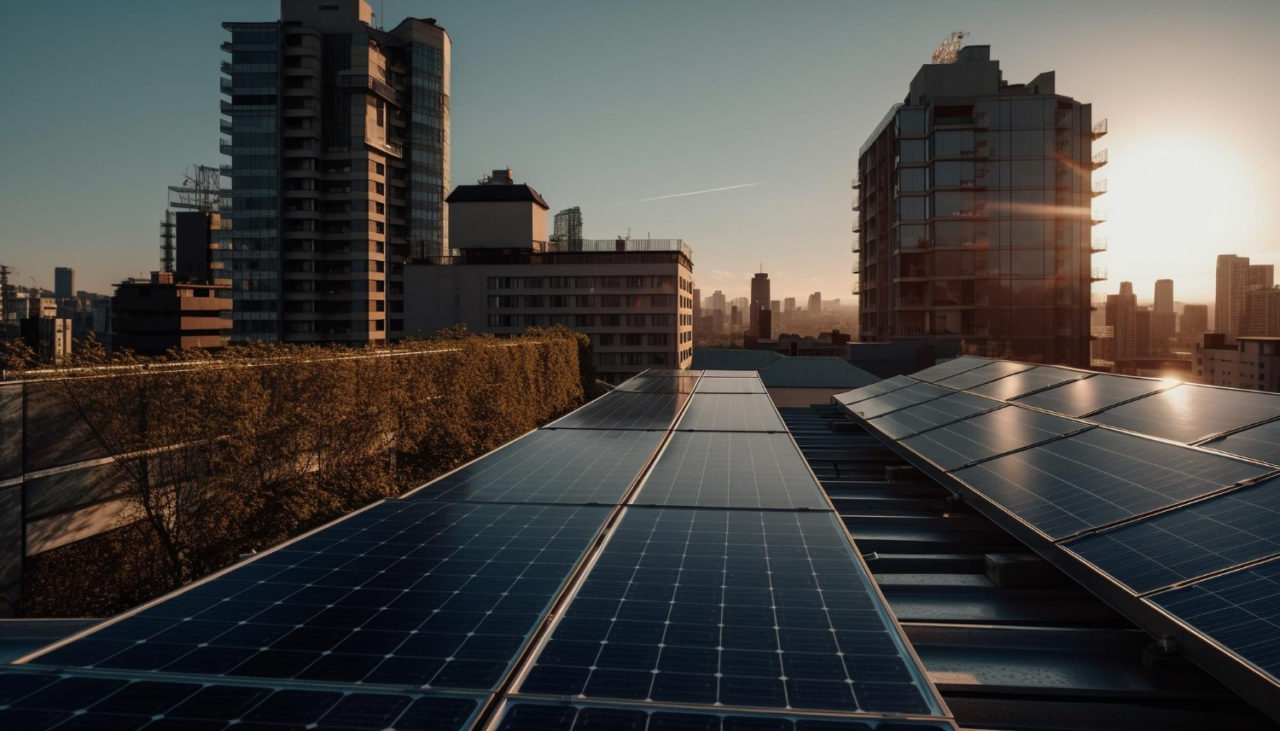
Optimizing photovoltaic systems under partial shading conditions is a complex challenge that requires a deep understanding of how photovoltaic technology and power electronics interact.
System performance is strongly affected by shading scenarios. Practical knowledge adapted to changing shading conditions provides guidance to stakeholders in photovoltaic planning.
Within the photovoltaic industry, collaborative efforts aim to improve planning tools with the goal of simplifying and making more accurate photovoltaic systems designs and ultimately contributing to a more sustainable energy future.

Photovoltaic systems are changing the way we generate electricity using solar energy. Solar energy is abundant, but it is still difficult to use it effectively in all conditions. The issue of partial shading is a major challenge facing photovoltaic systems.
Best performance under partial shade
Photovoltaic generators installed on roofs are often exposed to varying degrees of shade. This challenge’s complexity lies not in shade itself but in the ability to navigate it. Introducing more advanced power electronics into the system is not the only way to solve the problem. In fact, this is not the most effective method of performance for most roof systems. The degree of shading, the number of photovoltaic modules in an array and the overall size of the installation are some of the variables that determine the effectiveness of the electricity.
The development of photovoltaic technology

The introduction of bypass diodes in photovoltaic modules more than fifty years ago marked a turning point. In cases of partial shading, these diodes redirect the current flow with great efficiency.
But the path of photovoltaic technology has been marked by constant change. New DC/DC converters have taken the reins. This allows each photovoltaic module to operate at higher voltage values with lower module currents.
To power the conventional DC/AC string inverter, this innovation goes beyond simply connecting all the modules in series.
It’s important to remember that this is not a suitable solution for everyone. The situation in which DC/DC optimizers shine is relatively unusual. It typically happens when a solitary solar cell within the module experiences shading of under 40% and is equipped with three bypass diodes. Although DC/DC optimizers have a promising theoretical energy gain potential, they need to deal with real-life losses, which are usually around 2% of the annual yield. These losses are significantly higher than those of conventional series connectors for photovoltaic modules.
Problems with photovoltaic planning

The use of conventional photovoltaic planning tools, which often overestimate the capacities of DC/DC components, is a problem in the field of photovoltaic planning. They may not consider the intricate shading circumstances of each cell in the module, the role of all the bypass diodes or the location of the module on the roof.
These tools used by photovoltaic planners calculate the module’s average power output in relation to the percentage of its shaded area. While this offers a basic overview, it does not consider the complex scenarios of partial shading. Often, the result gives an incorrect picture of real-world performance.
Widespread Discoveries
The complexity of solving the partial shading problem has led to comprehensive research and useful results. The results of the Zurich University of Applied Sciences’ annual simulation, based on the shading analyses of all solar cells, provide a clear overview. The losses of commercial DC/DC optimizers measured indoors at pertinent operating points were used to build these models. According to various articles, conferences and magazines, the significant variation between the losses observed and the information in the manufacturer’s data sheet is approximately 2%.
The results for various shading conditions are enlightening and provide useful advice:
- Conditions for mild shading
In situations where there is little to no shade or only slight shading, like when there is only one chimney casting a shadow, the traditional string inverter typically performs just as well or better. This can be done by connecting several conventional photovoltaic modules equipped with three bypass diodes using SINV.
- Extremely shady conditions
Installing an optimizer behind each module can significantly increase annual yield in situations of significant shading, such as when a mansard casts shadows on some modules and shades more neighboring buildings. Unshaded conditions, where the annual yield can drop by 10% or more, make this strategy particularly advantageous.
- The roof is lit by small strings
Currently, there are not extremely efficient low-voltage DC string inverters available on the market. These inverters can charge four to ten photovoltaic modules in a single string. However, DC/DC optimizers can accommodate multiple module orientations in small strings. In addition, a promising solution is offered by the introduction of new half-cell butterfly PV modules. In these modules, all the half-cells are connected in series at the higher voltages of the PV module.
Optimizing the idea for a photovoltaic plant’s design
The choice between conventional or shade-tolerant photovoltaic modules has long-term consequences. In addition to new low-voltage photovoltaic inverters and multiple maximum power point tracking (MPPT) inputs, a wider range of photovoltaic module products will be available in the coming years. These advances aim to help develop robust, long-lasting systems that are both efficient and environmentally friendly.
Cost considerations and the future
During the 25 years of operation of a photovoltaic plant, photovoltaic inverters generally need to be replaced. However, when it comes to DC/DC optimizers, things get more difficult. These electronic components may need to be replaced more frequently when working on the roof at significantly higher temperatures. Replacement costs in Switzerland typically range between 1,000 and 3,000 Swiss francs, a country with a strong market for single-family homes. These expenses often include fall protection measures, further emphasizing the financial issue of optimizing photovoltaic systems.
The need to make informed decisions
End customers must have a clear understanding of the various options available for their rooftop PV system in a fair market. Options include string inverters, stand-alone optimizers, and individual shading-tolerant modules. Evaluating possible improvements in electrical performance is not everything.
Furthermore, it is essential to consider the risks associated with potential replacement costs. With these elements in mind, clients can make informed choices that are in line with their long-term goals and budgetary limits.
Efforts to work together to improve photovoltaic planning
One factor driving progress is the exchange of information between the various stakeholders in the solar energy (PV) industry. This collaboration has resulted in better commercial PV planning tools and more expertise for PV system planners.
Original Source: PV Magazine

Universal Kraft, a pioneer in renewable energy solutions with over two decades of experience, works with photovoltaic systems and stands at the forefront of sustainable development. Leveraging its expertise in solar panel technology, the company has been instrumental in advancing clean energy initiatives, contributing to a greener future across its operational hubs in Canada, Portugal, Spain, Sweden, and the United Kingdom.
Discover more here!




